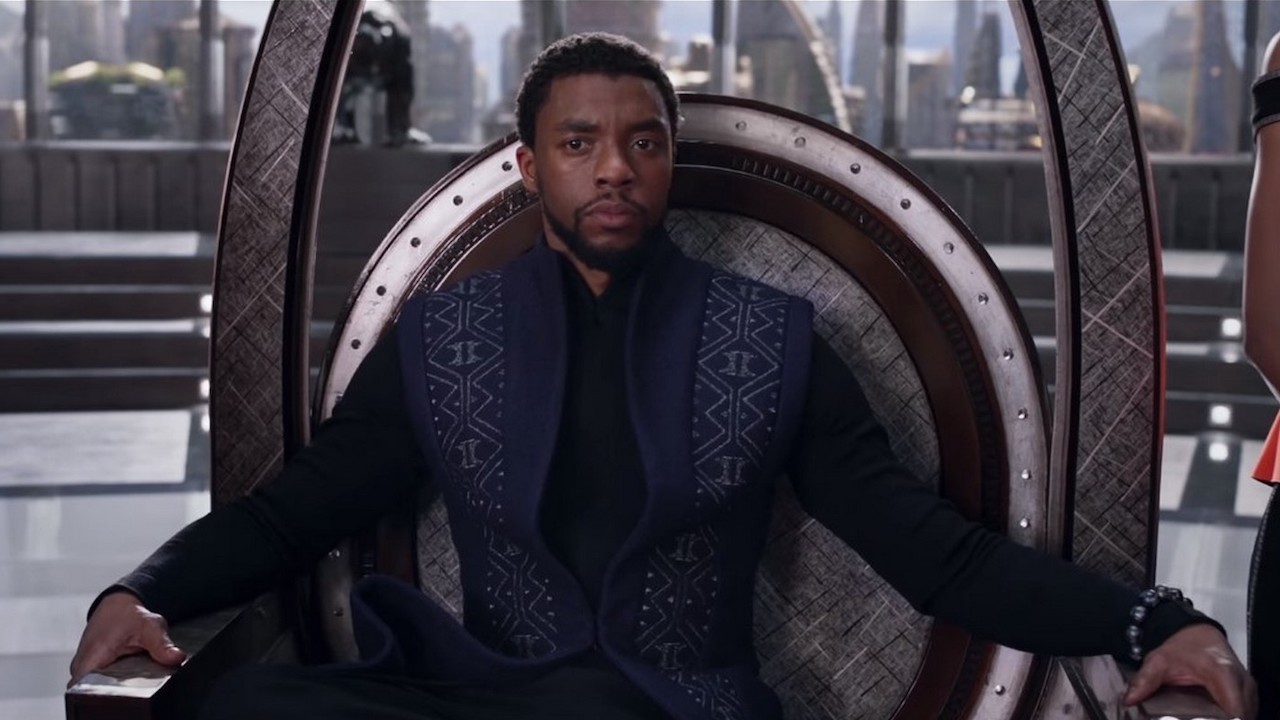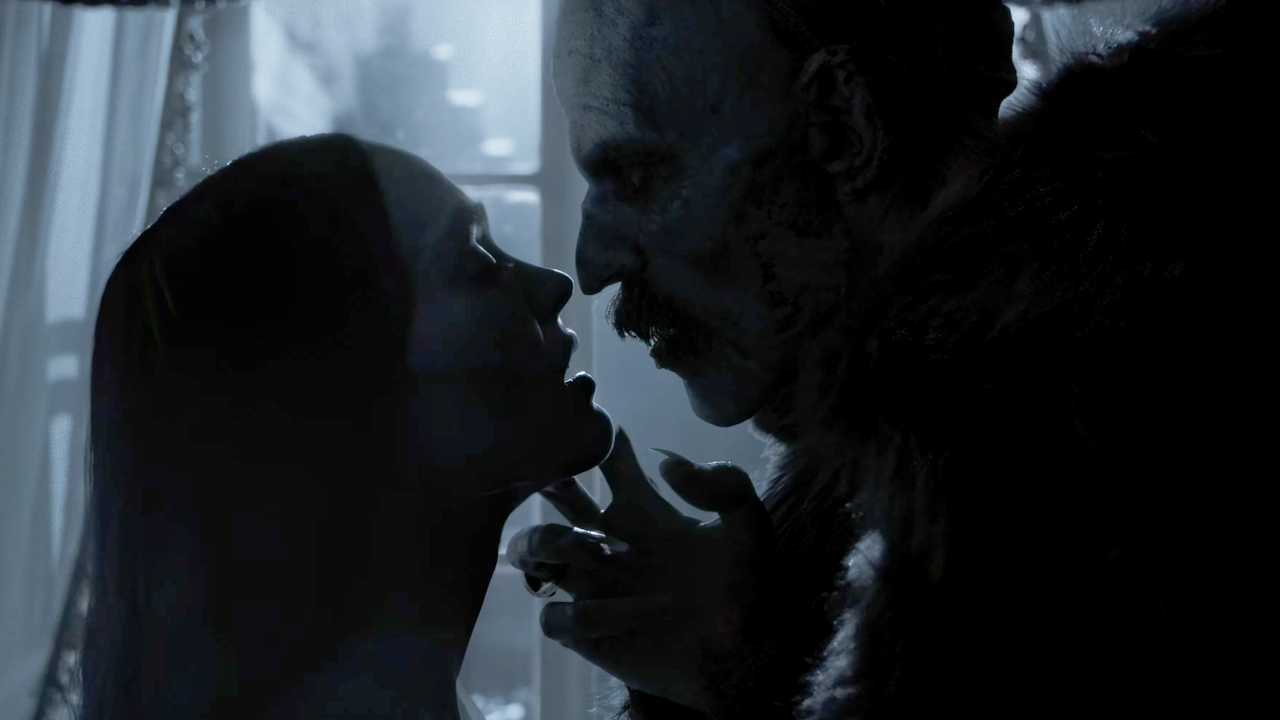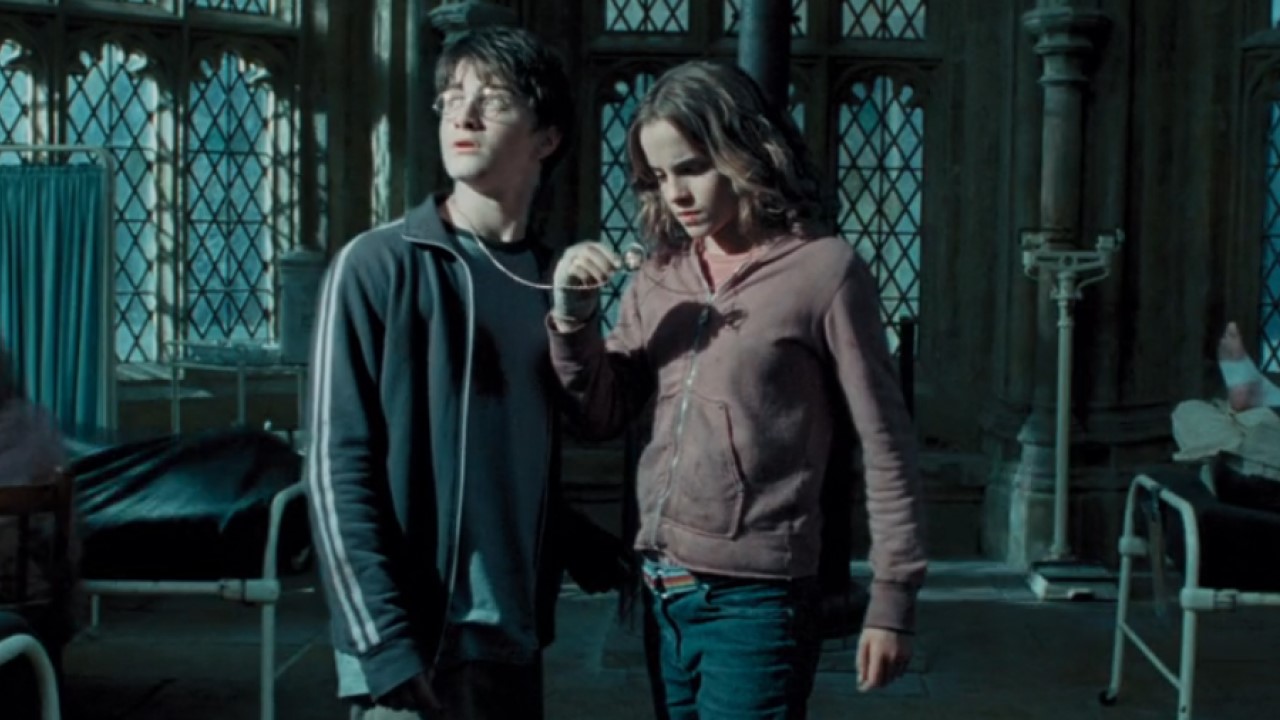
Whoever branded the first Killzone a potential Halo-killer is a dick. Ever since then, the expectations for this series have been sky-high. It's not enough for it to just be an excellent shooter - it needs to be the platform-defining shooter. Ironically, the effort to make Killzone 3 the definitive PS3 game is what stops it from being excellent in the first place.
KZ3 supports both 3D and the PlayStation Move, Sony's latest obsessions. Was there a clamoring for either feature among hardcore shooter fans? I don't think so. However, to promote the Move and those fine Bravia 3D TV's, Sony needed high-profile, first-party games to showcase them. Therefore Guerrilla Games had to expend its energy into shoe-horning these new technologies into their game rather than improving the basic game itself.
3D and Move support aren't terrible things to have but they're unnecessary. Move gives you a fresh way to experience the action, but most shooter fans will cling stubbornly to their controllers. They have good reason to, now that Guerrilla's tightened up the controls from the previous game considerably. The 3D is neat at times; there's plenty of snow, dust, and all that floating around to make you "feel like you're really there". However, there's a noticeable trade-off there; the graphics seem a lot less sharp when you throw the glasses on. Defeats the purpose, doesn't it?

Even without these two new features, KZ3 would be regarded as a technical masterpiece. It runs at a steady framerate despite absurdly detailed environments and characters. KZ2 felt like it was set entirely in a steel mill but Guerrilla's made an effort to mix things up this time. The campaign takes you through jungles, tundra, and space stations. The developers have constructed some incredible set pieces; in one scene, you're fighting through trenches while a city-sized mobile fortress rains death from above.
The size of these environments is an illusion, though. The playable area of each map is actually small and narrow. This is a corridor shooter. There's often only one specific way to proceed through each area no matter how vast it seems. There isn't always a physical barrier in place to prevent you from straying. Once you realize this, the magic's gone. That mobile fortress above you doesn't matter at all; you're just fighting three enemy soldiers crouched behind boxes.
Maybe it's a good thing that you're not exposed to any truly massive battles. The A.I. is murderous even on Normal difficulty. If an enemy can see you even the slightest bit, they're going to zero in on you immediately. An A.I. companion - or your partner in the off-line co-op - can revive you but there's a (vague) limit to how many times they can do this. The checkpoints in the game are infrequent so you'll often have to replay the same 5-10 minutes over and over. It doesn't feel like a test of skill so much as trial and error; you need to find the right path that the developers intended for you to take through the battlefield. Otherwise, you're going to be gibbed by machine gun turrets, enemy vehicles, or seemingly random explosions. Often I had no idea what killed me. It leads to very cautious gameplay, which feels counter to the "run and gun" pace presented in the cinematics.

The traditional shooter segments are accompanied by the usual suspects: rail shooting, vehicle driving, and stealth. Actually, a more accurate description would be rail shooting, rail driving, and rail stealth. Your movement is restricted to narrow corridors in the vehicles. When you're sneaking around, there's only one path to slip by guards. In the campaign, there seems to be a large gap between how cool something looks and how fun it actually is. Everything is executed in such a boring way.
CINEMABLEND NEWSLETTER
Your Daily Blend of Entertainment News
The story does little to elevate the experience. It kicks off just moments after KZ2. The ISA (good guys fighting for freedom and whatnot) are still locked in a war with the Helghast (Space Nazis). Despite you killing a few million Helghast in the last game, they’re suddenly winning again. It’s up to you (flavorless hero), your squadmate Rico (Latin loose cannon), and Captain Narville (by-the-book pussy) to stop them from – oh god, I don’t care. There is not a single person in this story that generates any interest for me. Malcolm McDowell (who voices the main antagonist Stahl) might be a good actor and all but I’ve hit some sort of McDowell Saturation Point in my gaming career; his standard angry-pants villain voice just fails to make my skin crawl these days. When you finally defeat him and his plans (whatever they were), there’s little time to celebrate because the game ends maybe a minute after the last gameplay sequence. The developers care so little about the story that they see no need to wrap it up in any meaningful way.
But hey, at least there’s multiplayer. The game’s tech is solid so multiplayer – which removes the crap story, linearity and awful A.I. – would have to be good, right? The online component of the game boasts three modes : Guerrilla Warfare (a fancy way of saying “Team Deathmatch”), Warzone, and Operations. Warzone is largely the same as it was in KZ2: two teams are tasked with completing seven missions (like assassinating a certain player on the other team or capturing control points) and whichever team completes the most missions wins the match. This seems to be the most popular mode still, judging by the “World is full” error messages I often received trying to play it. It’s fun and fast-paced experience but, considering it’s the best feature of the game, you would’ve hoped they’d put more effort into beefing it up.

Operations is the only new mode of the bunch. It’s a 16-vs-16 attack-and-defend style match with multiple stages. In one match, the ISA are trying to get a power core (or something) across a junk yard. First they need to start up the conveyor belt. However, the conveyor belt will take the power core right through an industrial crusher so the ISA now must scramble to blow up the crusher before the core gets destroyed. The Helghast team, meanwhile, is trying to stop them from completing their objective at every step before the timer runs out. The mixture of different objectives makes it feel really close to Warzone; the difference is simply that there’s no randomness. You’re always completing the exact same objectives in the same order.
Even in the absence of fresh multiplayer modes, online play should hold your attention for awhile. The developers have tossed the confusing and slow progression system of the previous game for something much simpler and more engaging. At the start, you’ll have access to all the character classes rather than having to earn them over time. Leveling up – through killing enemies, completing objectives and so on – will give you unlock points. These points can be used to unlock abilities, weapons, and upgrades for any class. You’re thus able to experiment with a lot of classes at once and find out which one works for you. The progression is pretty quick, too; you’ll earn your first five levels or so within a couple hours. My only quibble with this system is that you need to pay points to unlock secondary pistols, and must do so for each individual class.
If you thought Killzone 2 was perfect, then you’ll feel the same about Killzone 3 because it’s pretty much the same game with Move and 3D tacked on. If you don’t care about that new technology, though and you had some issues with KZ2, then KZ3 is going to be an all-too-familiar and disappointing experience.
Players: 1-32
Platform(s): PS3
Developer: Guerrilla Games
Publisher: Sony Computer Entertainment
ESRB: Mature
Rating:

Staff Writer at CinemaBlend.
While Black Panther’s Ryan Coogler Reflected On Making The Film, He Revealed One Of His ‘Great Regrets’ From That Time
I'm Heartbroken To Learn That My Favorite Bit Of Trivia Connecting The Goonies With Back To The Future Isn't True
Sinners Ending Explained: Why The Door Is Open For Potential Sequels, And Why I Have Mixed Feelings










